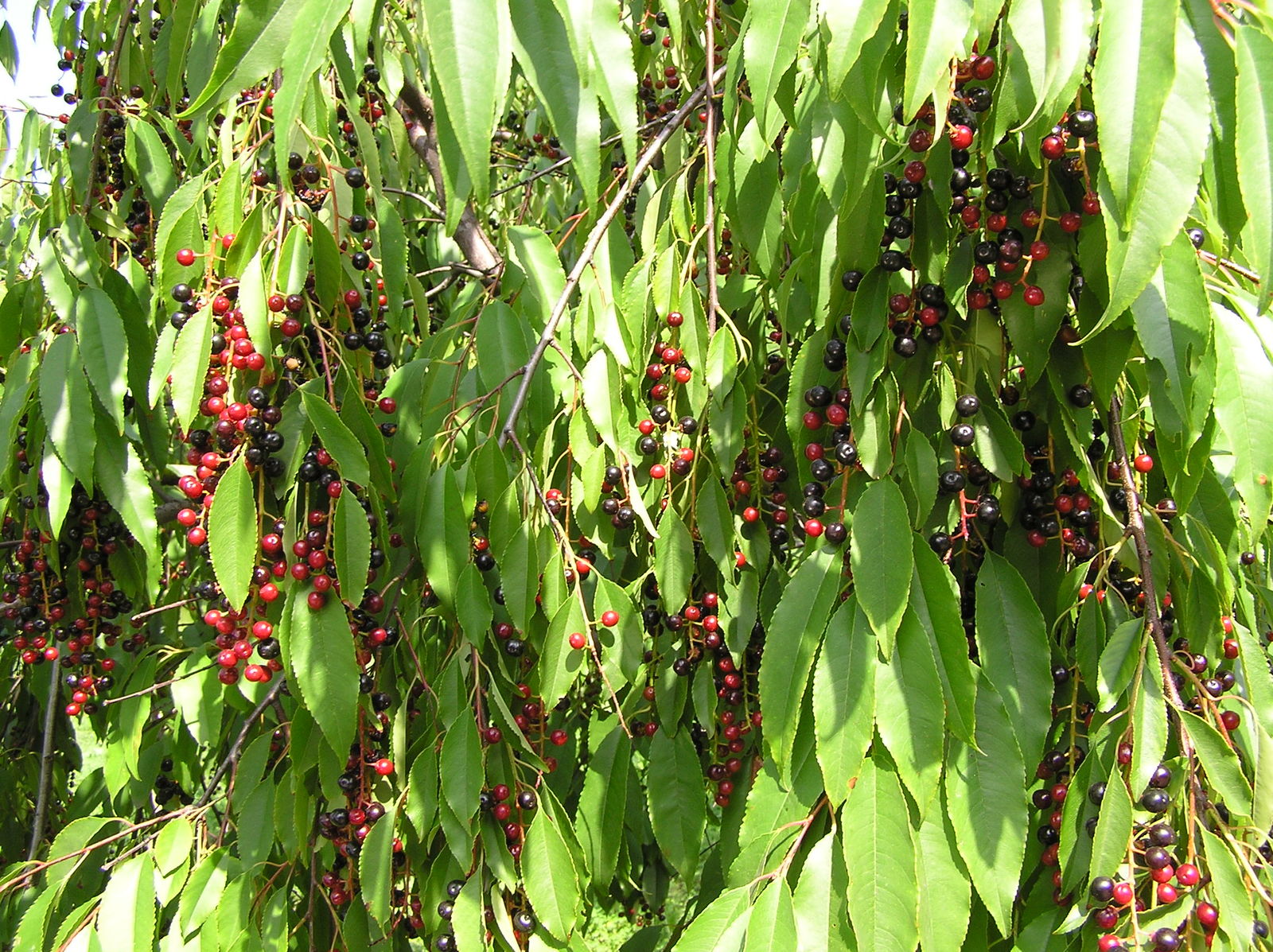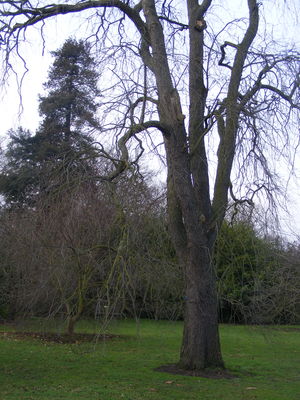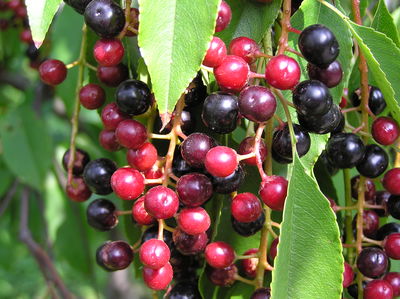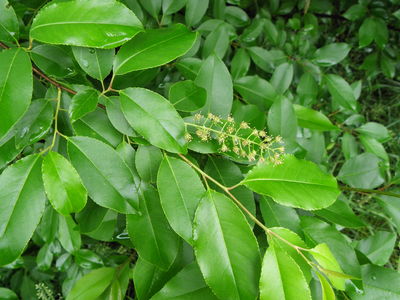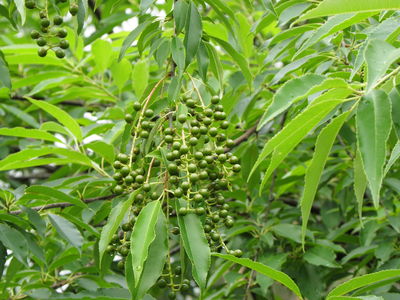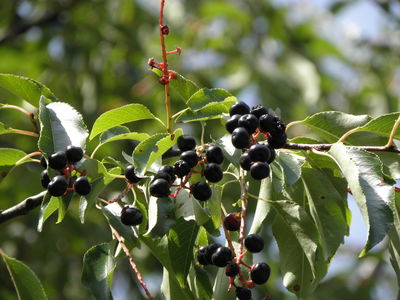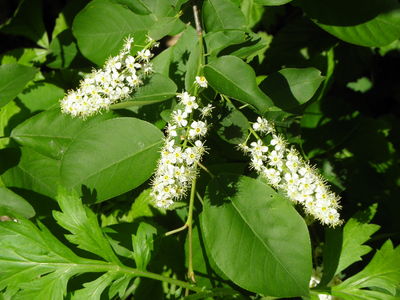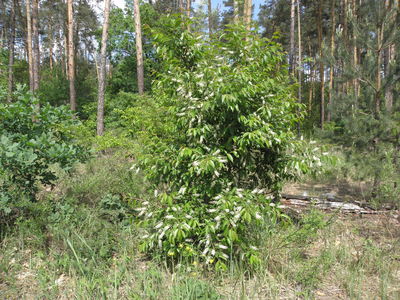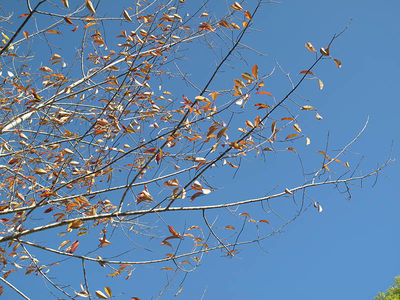Native to:
Alabama,
Arizona,
Arkansas,
British Columbia,
Colorado,
Connecticut,
Delaware,
District of Columbia,
El Salvador,
Florida,
Georgia,
Guatemala,
Honduras,
Illinois,
Indiana,
Iowa,
Kansas,
Kentucky,
Louisiana,
Maine,
Maryland,
Massachusetts,
Mexican Pacific Is.,
Mexico Central,
Mexico Gulf,
Mexico Northeast,
Mexico Northwest,
Mexico Southeast,
Mexico Southwest,
Michigan,
Minnesota,
Mississippi,
Missouri,
Nebraska,
New Brunswick,
New Hampshire,
New Jersey,
New Mexico,
New York,
North Carolina,
Nova Scotia,
Ohio,
Oklahoma,
Ontario,
Panamá,
Pennsylvania,
Québec,
Rhode I.,
South Carolina,
Tennessee,
Texas,
Vermont,
Virginia,
Washington,
West Virginia,
Wisconsin
Introduced into:
Austria,
Baltic States,
Belgium,
Bolivia,
Burundi,
Colombia,
Czechoslovakia,
Denmark,
Ecuador,
France,
Germany,
Great Britain,
Hungary,
Ireland,
Italy,
Netherlands,
New South Wales,
Northern Provinces,
Norway,
Peru,
Poland,
Romania,
Rwanda,
Spain,
Sweden,
Switzerland,
Ukraine,
Yugoslavia

